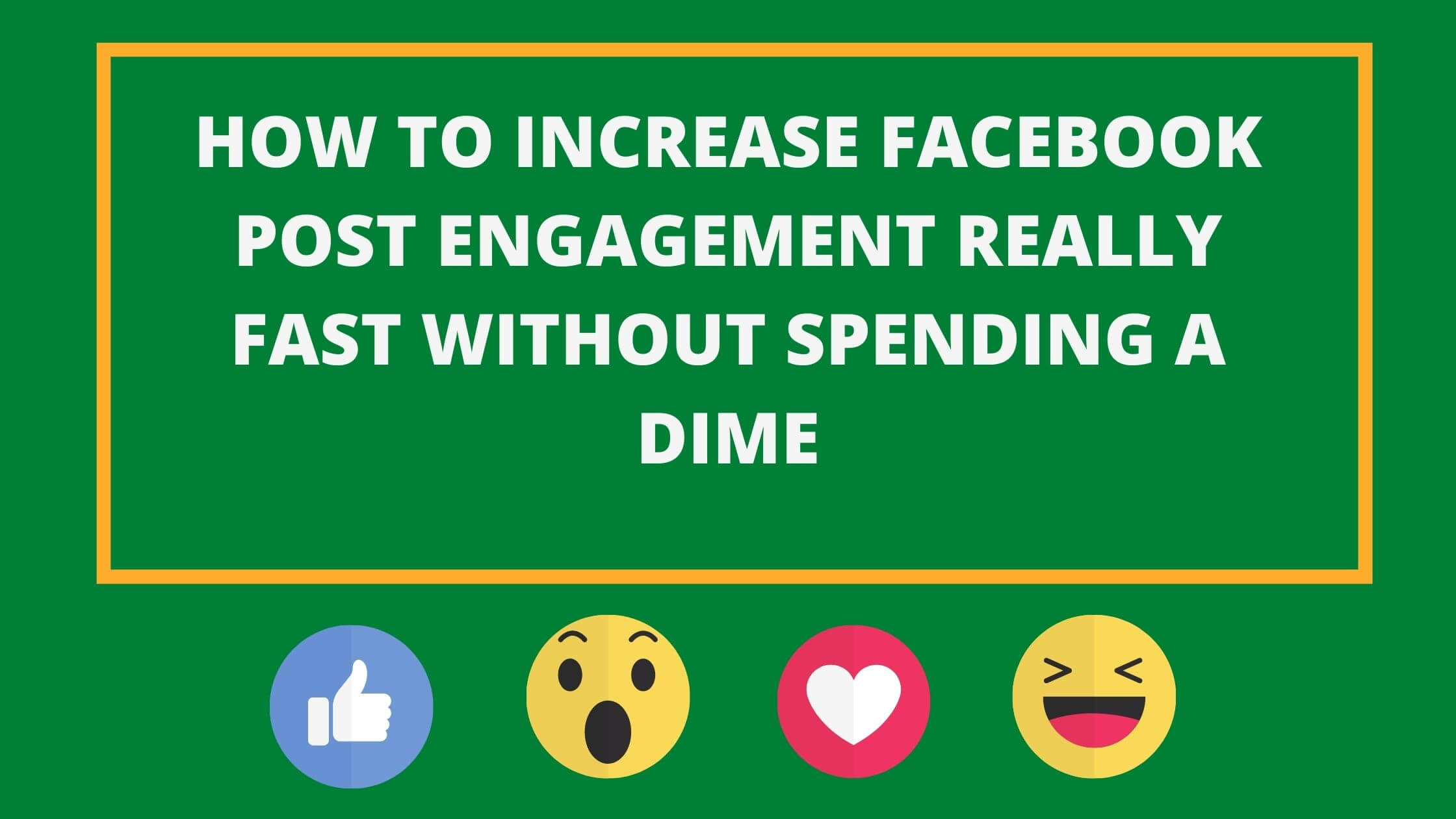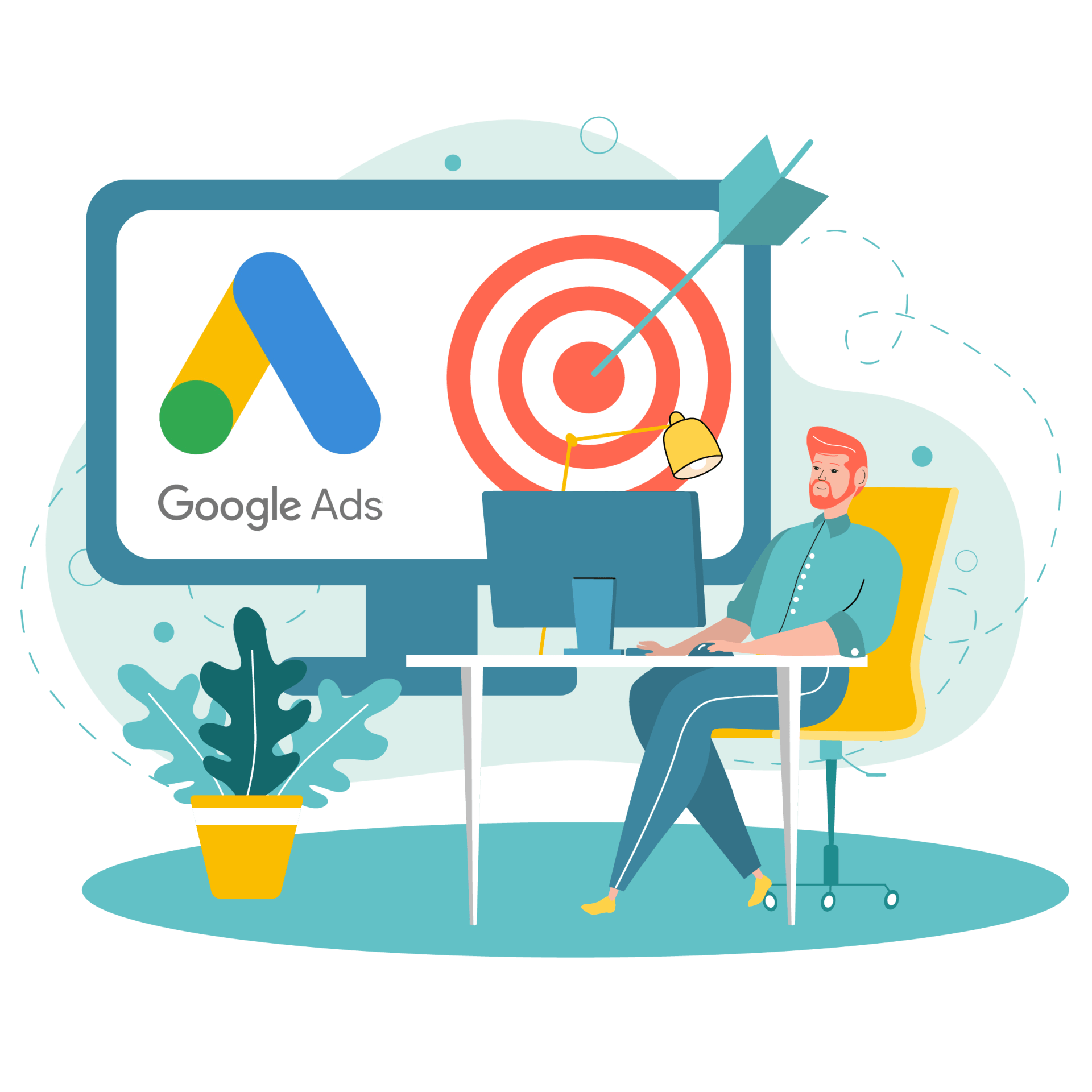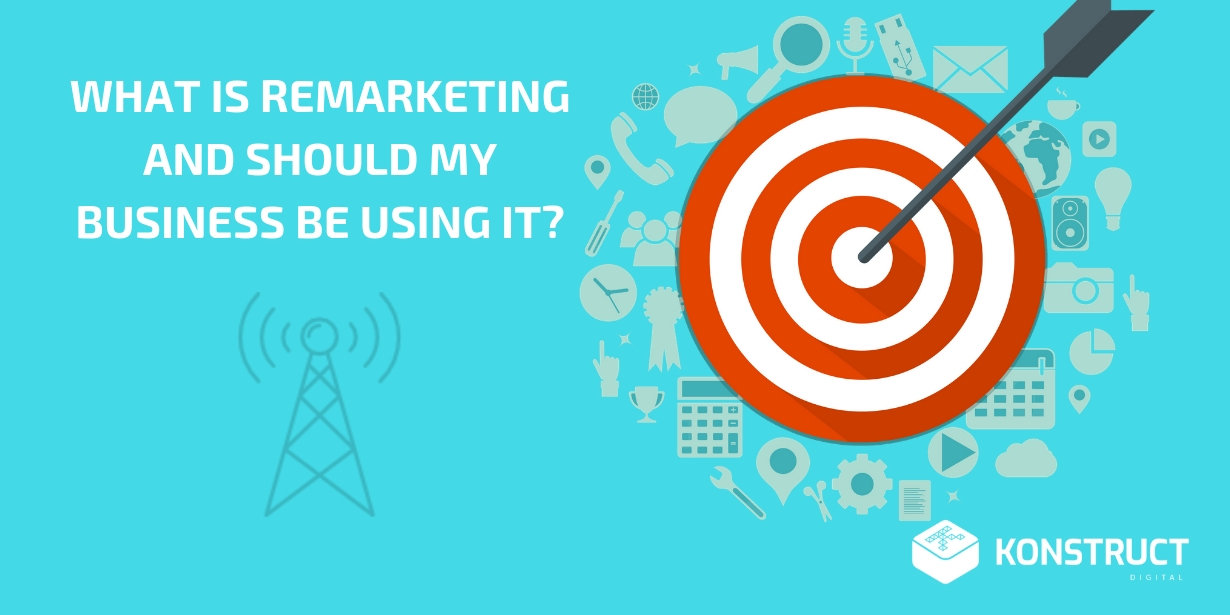
You might want to engage in some humor marketing in order to attract more consumers to your brand. Be careful about what topics you choose to include in your jokes. Some topics are too cheap or even offensive, so be careful when choosing topics. Also, it is important to keep in mind that timing is key. Incorrect timing can make you look insensitive or unprofessional. Don't make it funny just for laughs. Use jokes that are relevant for your brand and help you communicate your message.
Irreverent humour
Irreverent humour is often used to make a point. Although it can be difficult to communicate with traditional audiences, it can often be a way to reach younger audiences. It shouldn't be used to ignore current issues. It is unlikely that people will take seriously satirical pieces on politics or religion.
The power of irreverent humour in marketing cannot be denied. Its magic is in the fact that people feel good when they laugh. They release endorphins that trigger positive reactions. The resulting good feeling causes people to associate your brand with a positive emotion. Humour is an important part of the brand's bond with its audience.

Observational humour
Observational Humour is a form humour which takes everyday quirks and turns them into jokes. This type of humor is often combined with deadpan humor. This form of humour is becoming more popular thanks to meme culture. You can use it to create engagement. You must be able to relate to your audience in order for you to use this form humour. To find the best jokes you can for them, it is important to get to know their personalities and quirks.
The most popular form of observational humor is to refer to a well known series or event. Intel's famous ads are examples of this type. These ads refer to geek culture and use geeks as their advantage. The tagline of these ads is also predictable.
Humour that is character-driven
Companies from all industries use humor to reach their target audience and communicate key brand messages. It is important to know where to begin and what to do in order to make your marketing messages memorable. Here are some examples of how to use character-driven comedy.
It is important to get to know your audience. Humour, a subjective form marketing, is more effective if you know your audience. You can create positive associations between your brand's life and your audience if you get to know them. One example is that a brand that makes people laugh can be seen as trustworthy and relatable. It can also be a way to relieve stress and anxiety.

Humor marketing on social media
Humour can be a powerful tool in social media marketing. However, this tactic does not work for all situations. It can be perceived as insensitive. Before using this tactic, it is a good idea. It can nevertheless be a powerful call for action and an eyeball catcher for brands.
Humor is a great way to connect with your audience, and make a lasting impression. Laughter can be an inherent human trait. You should use it in your social media strategy. You must make sure that the content you post is relevant to your campaign's goals in order to be effective.
FAQ
What is branding?
Branding is a way to communicate who and what you are. It is how you make people recall you when they hear you name.
Branding is about creating a memorable brand identity for your company. A brand is not just a logo but also includes everything from your physical appearance to the tone of voice used by employees.
Because they are confident they will get what they want, a strong brand can help customers feel more comfortable buying from you. They also feel more confident choosing your products than those from competitors.
Apple is a good example of a company that has a strong brand. Apple's brand is recognized worldwide for its clean design, high product quality, and great customer support.
Apple's brand has become synonymous with technology. Apple is synonymous with technology.
You should think about creating a brand if you are considering starting a business. This will give your brand a personality.
Is it possible for traffic to be free?
Refers to traffic that comes from organic search results, without the need for advertising. This type of traffic is known as organic traffic or natural traffic. There are many methods to obtain free traffic such as article marketing or social media marketing.
Article Marketing is an excellent way to generate free traffic. Paid ads are more expensive than the CPC. Content marketing is also known by the term article marketing.
Social Media Marketing- You can promote your business using social media sites like Facebook and Twitter. These platforms allow you to share updates, photos, and establish relationships with potential customers. Many businesses pay to advertise on social media sites because they want to reach more people at a cheaper price.
Blogging-Blogging is another great way of generating free traffic. High quality content will draw people to your blog. Once you're attracting visitors, you can monetize your blog by selling products or services.
Email Marketing - Email marketing has been around since the early days of the Internet, but today it still remains one of the best ways to drive traffic to your website. You can grow your list and eventually sell to subscribers by sending them emails frequently.
What is the cost of advertising on social media?
It is important to know that advertising on social media platforms is not free if you decide to do this route. You will be charged monthly based on how much time you spend on each platform.
Facebook - $0.10 per 1,000 impressions
Twitter - $0.20/1000 impressions (if applicable)
Send out invitations on Linkedin for $0.30 per 1000 impressions
Instagram - $0.50 Per 1,000 Impressions
Snapchat - $0.60 per 1,000 impressions ($0.40/user)
YouTube - $0.25 for 1,000 views
Tumblr $0.15 for 1,000 impressions text posts
Pinterest - $0.05 per 1,000 impressions per month
Google + - $0.15 - $0.20 per 1 Million Impressions
Tumblr- $0.15-$.20 for 100,000 impressions
Vimeo – $0.20- $0.25 Per 10,000 Impressions
Soundcloud - $0.20-$0.25 per 1 million plays
StumbleUpon - $0.20 -$0.25 per 1 billion pageviews
Digg: $0.20 – $0.25 per 1,000 diggs
Reddit - $0.20 - $0.0.25 per 1000 Comments
Wordpress $0.20-$0.25 per 500 Comments
Flickr - $0.20 -- $0.25 per 5,000 photo uploads
What is an ad-campaign?
An advertising campaign is a series of advertisements designed to promote a product or service. This could also include the entire production of these ads.
The Latin word for selling is "ad." Marcus Terentius Varro, 116-27 BC, was the first to use it. He used it as a verb that meant "to make a sales."
Large companies or agencies usually do advertising campaigns. There may be many media types involved, including print and television as well as radio, TV, and internet.
Advertising campaigns are typically long-lasting and have clear goals. Campaigns can be targeted at increasing awareness or sales, for example.
What is advertising's primary purpose?
Advertising is more than selling products. It's about building an emotional connection with your customers.
Advertising is all about communicating ideas and values with people who are already interested. It is about changing attitudes and minds. It's all about building relationships.
It is all about making people feel good.
But if you don't know what your customers want, you can't sell anything to them.
Prior to you begin any advertising project, make sure you understand your customer's buying habits and needs.
Then you can design ads that will resonate with them.
How do I choose my target audience?
Start with yourself, and the people closest to you. Ask yourself "Who am I trying reach?" if you aren't sure where to start.
Ask yourself these questions: Who do you consider the most influential in your industry? What are the problems they face daily? What are their top talents? Where do they hang out online?
Rewind to the beginning, when your business was founded. Why did you begin? What was your problem and how did it solve?
These answers will allow you to determine who your ideal customers are. You'll also learn more about what makes them tick and why they buy from you.
For clues on who your competitors cater to, check out their websites and social media pages.
Once you have identified the target customers, it is time to decide what channel(s) you want to use to reach them. For example, if your company provides services to real estate agents, you might create an informational website targeting home buyers.
A blog that targets small-business owners could be a possibility if you are a software provider.
If you sell clothing, you could create a Facebook page for teens. Or if you're a restaurant owner, you could set up a Twitter account for parents looking for kid-friendly places to eat.
It is important to remember that there are many methods of getting your message across.
What is an advertiser buyer?
An advertiser buys advertising space on TV, radio, print media, etc.
Advertisers pay only for the time their message is to appear.
They don't necessarily look for the best advertisement, but instead seek out the most effective way to reach their target market.
The advertiser may have specific demographic information about their potential customers, such as age, gender, income level, marital status, occupation, hobbies, interests, etc.
This data can be used by the advertiser to decide which media is most effective for them. They might decide direct mail is more effective for older people.
Advertisers also consider the competition. If there are similar businesses nearby, they might choose to place their ads near those competitors.
Advertisers should also consider the budget they have and how long they plan to spend it before it expires.
Statistics
- Worldwide spending on advertising in 2015 amounted to an estimated US$529.43 billion. (en.wikipedia.org)
- It collects money from the advertisers, keeps 32% for its role in facilitating the process, and the remaining 68% goes to the publisher (you). (quicksprout.com)
- Google will display whichever ad type (CPM or CPC) is expected to earn more revenue for the publisher, which is in Google's best interest since they take a 32% share of the revenue. (quicksprout.com)
- Advertising spending as a share of GDP was about 2.9 percent. (en.wikipedia.org)
External Links
How To
How to run paid advertisements
Paid Advertising is any marketing activity that involves paying money. This could include advertising in magazines and newspapers, buying ads space on websites, or hiring someone to promote your business online. There are many forms of paid advertising. These include social media marketing, email marketing and display advertising.
For your campaign to be successful, you need to know what it costs and what results you can expect. You need to assess whether the ROI (return on investment) is sufficient to justify the cost.
Before you can start a paid marketing campaign, you need to first identify potential customers for the product or service. If you do not know, you can begin with free advertising by posting flyers in your neighborhood, making announcements to schools or sharing your message on social networks.
Knowing your target audience will help you decide the best way to reach them. If you are selling organic food, for example, you might want to advertise in local newspapers classifieds. If you sell cosmetics, advertising on television or radio might be a better option.
Once you have decided who you want to reach out to, it is time to determine how much money you are willing to spend. There are many ways you can calculate your budget. Another way is to divide your total budget into daily and weekly, monthly, quarter-yearly, quarterly, or annual amounts. A spreadsheet program is another option.